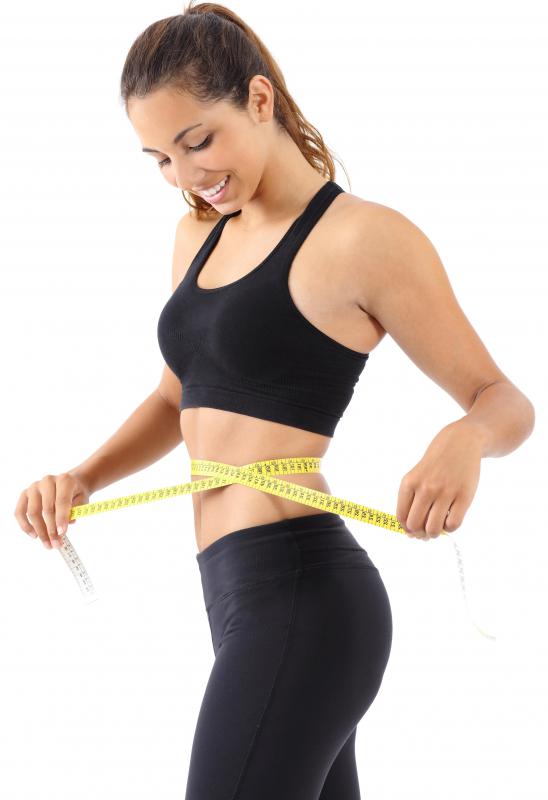At WiseGEEK, we're committed to delivering accurate, trustworthy information. Our expert-authored content is rigorously fact-checked and sourced from credible authorities. Discover how we uphold the highest standards in providing you with reliable knowledge.
What Is Standing Pilates?
Standing pilates is a series of pilates and pilates-like exercises that are done while standing rather than on the floor or on a mat, as is more traditional. Pilates is a series of exercises that were developed by Joseph Pilates in the early 1900s. The focus of all types of pilates is foundational core strength, movement controlled by that core, proper musculoskeletal alignment, and focused breathing. Standing pilates is a contemporary form of pilates that modifies the original mat exercises to a standing position.
The benefits of standing pilates, as opposed to mat pilates, arise from the emphasis on balance and shifting of body weight. Standing pilates stays true to the focus on core strength and alignment that exists in mat pilates. Developing movement from the core during standing pilates, however, helps to train the body to remember proper alignment while in an upright position during other activities. The focus of standing pilates on balance and shifting weight naturally improves those skills for everyday life, which can prevent many types of injuries.

Another benefit of standing pilates is that it becomes a series of weight-bearing exercises for the hips and legs. Weight-bearing exercises are known to help prevent osteoporosis, and while all types of resistance training are beneficial, an increase in weight helps to build strong bones. Increased weight on, and therefore increase work done by, the large muscles in the legs can also increase the calories burned while doing the exercises, which can assist in weight loss.

Standing pilates can be done as a complement to a more diverse pilates program, and will provide different and additional challenges on the body. Standing pilates can also be done by people who may not be able to perform mat pilates on the floor. For example, people with limited mobility, flexibility, or injuries that prevent working on the floor may still achieve many of the benefits of pilates by working in a standing position.

Many standing pilates movements are influenced by dance and other dance-related exercise programs. This is not surprising, as pilates was discovered and embraced by dancers soon after its development. Long before pilates became a popular and mainstream mode of exercise, it was used as a strengthening, conditioning, and injury prevention system by dancers. Much of contemporary pilates has thus evolved in conjunction with dance and with the exercise programs created by dancers.
AS FEATURED ON:
AS FEATURED ON:














Discuss this Article
Post your comments